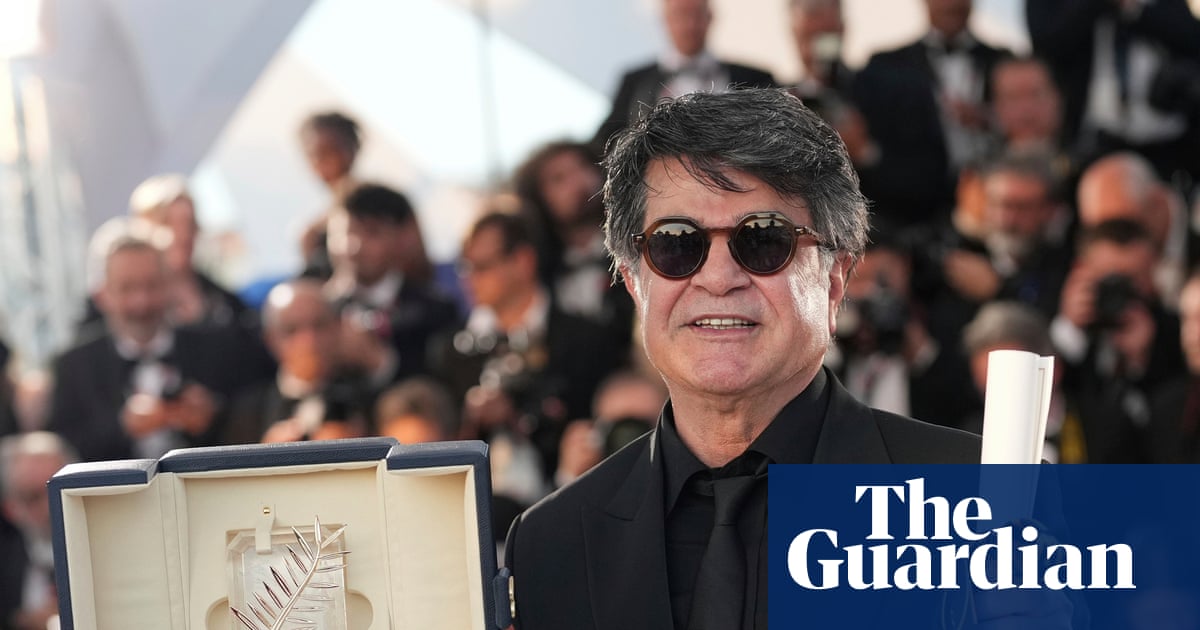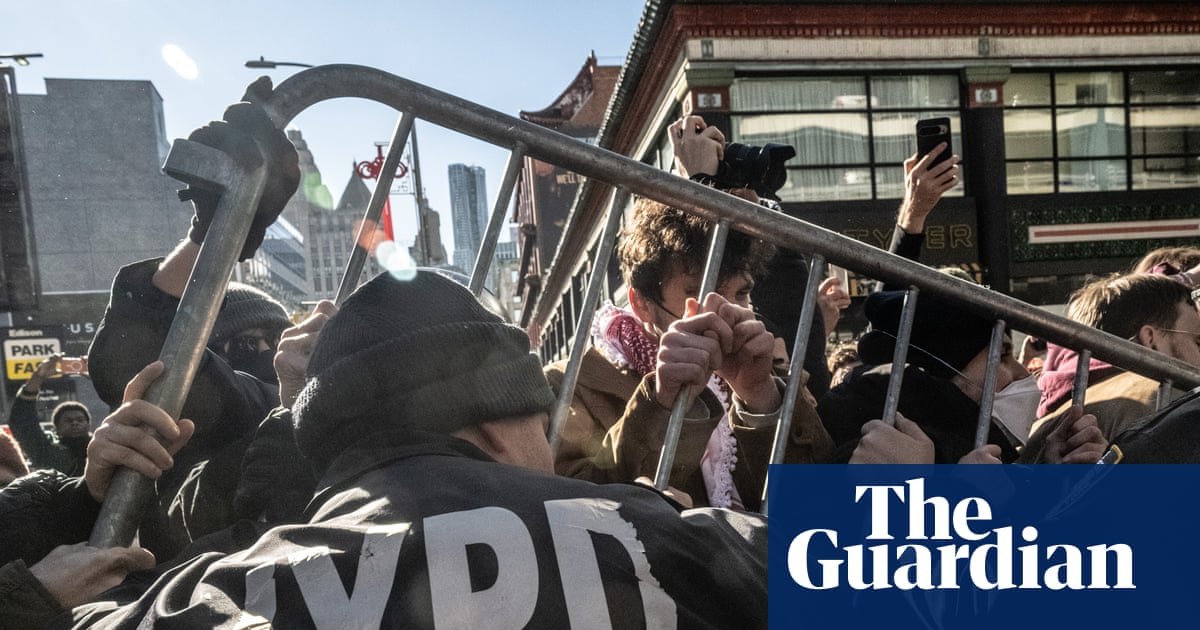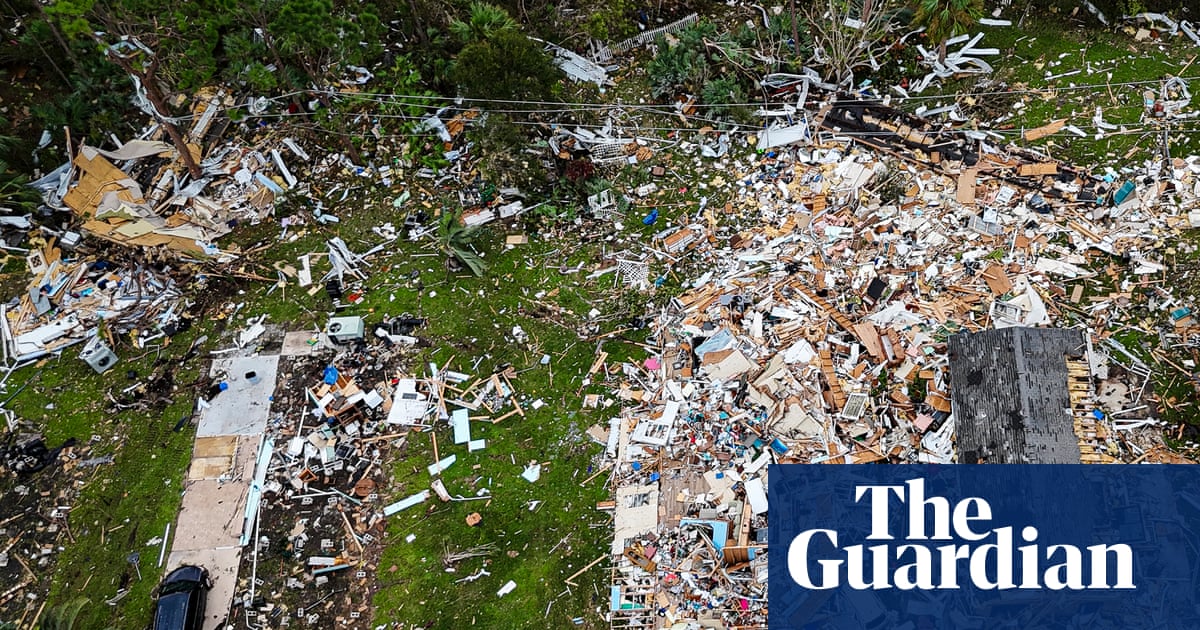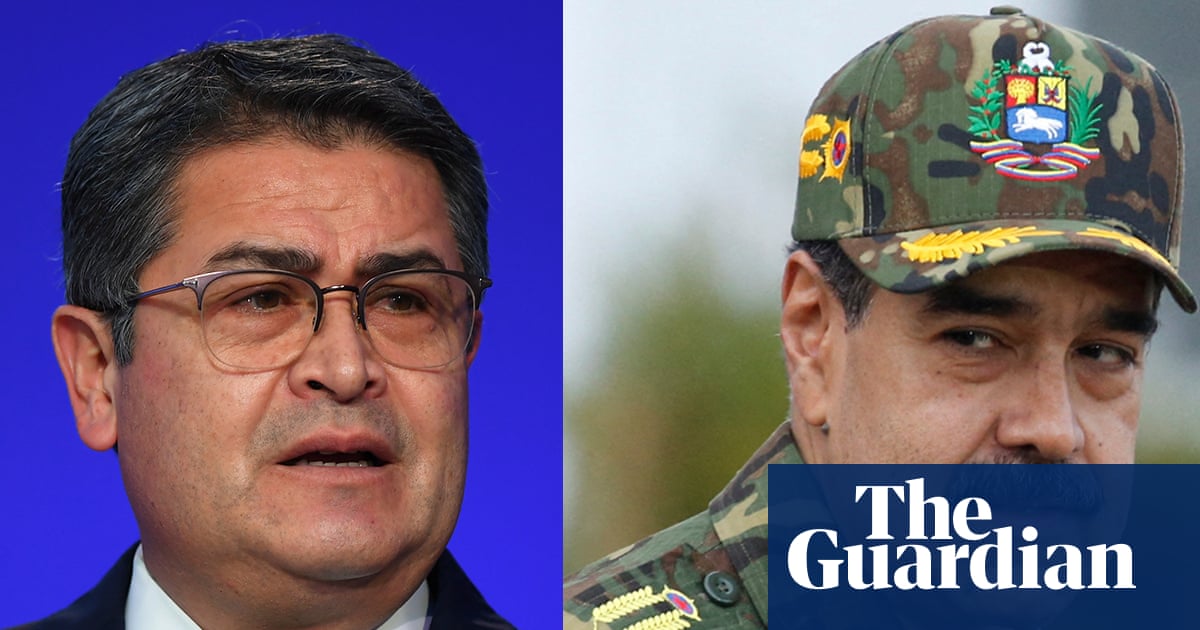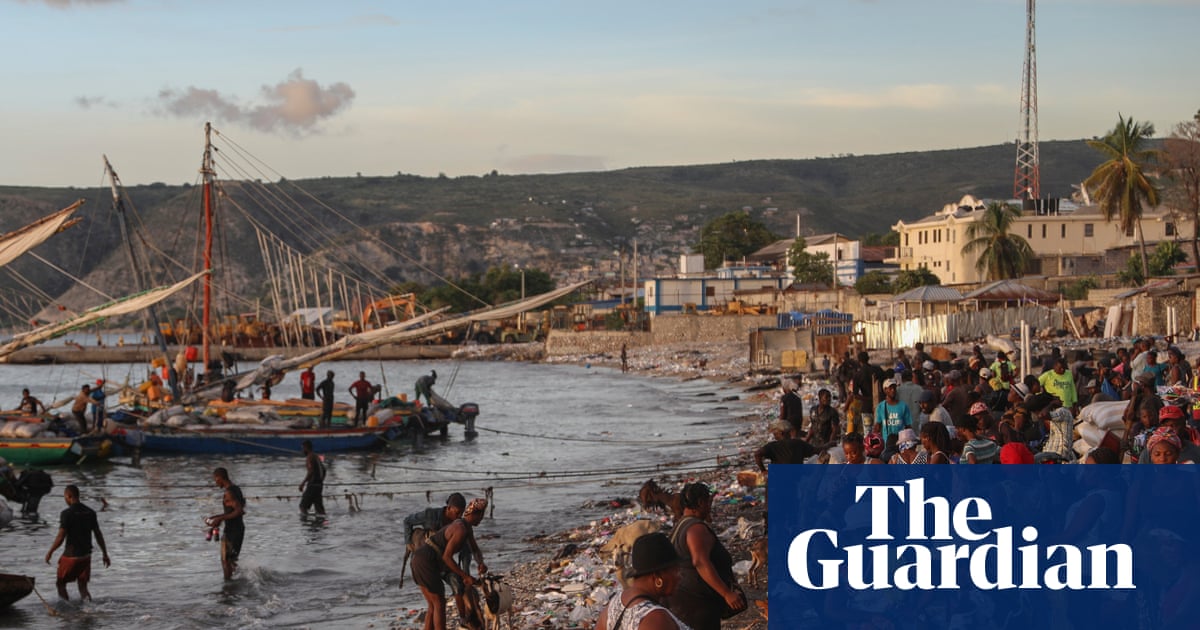Australia is “increasingly alone” in countering Beijing’s influence in the Pacific and remains the largest foreign aid donor to the region as the US and other western partners cut funding, a new report shows.
The 2025 Lowy Institute Pacific Aid Map, released late on Sunday, tracks official development finance (ODF) from 2008 to 2023. It finds ODF to the Pacific fell by 16% in 2023 to US$3.6bn, marking a second consecutive year of record decline in development support.
Australia makes up 43% of official development finance in the region, four times more than New Zealand in second.
“Australia’s steady aid spending and rapid expansion in infrastructure lending looks set to cushion the Pacific from the impact of major donor cuts,” said lead author Riley Duke.
Preliminary data and forecasts have been used for 2024 through to 2028, after the Trump administration gutting foreign aid and Australia stepping up to plug the gaps in the Pacific.
The dismantling of USAID by Donald Trump has had a ripple effect across the Pacific, leaving people and programmes with an uncertain future.
But the report found while the impact of USAID cuts in the region had been overstated – which played into China’s narrative of US unreliability – it had hurt Washington’s standing in the region.
“In the Pacific, the real cost of US aid cuts won’t be measured in lost dollars, but in lost trust,” said the Lowy map’s project lead, Alexandre Dayant.
“While Washington steps back, Beijing is winning something far more strategic: narrative dominance. China is recasting itself as the steady, non-interventionist partner in a region where consistency counts.
“For Australia, America’s withdrawal is more than inconvenient, it leaves Canberra increasingly alone in countering Chinese influence.”
At the same time, the report’s authors say Australia’s dominant role in Pacific development is expanding.
“By 2028, it will likely deliver more than double the combined support of Japan, New Zealand, the United States, France, Germany, and the United Kingdom,” lead author Duke said.
China has moved away from loan-financed infrastructure projects to grants and smaller community initiatives. This has allowed Beijing to strengthen political and grassroots ties while spending remains flat.
“China now spends less than it did a decade ago, but its aid reaches far deeper into Pacific communities. Projects are smaller but more frequent and locally targeted,” Duke said.
The aid map collates data from more than 38,000 projects, worth more than $80bn, from 76 development partners.
Australia is also working with south Pacific nations including Chile, Fiji, France, New Zealand, Papua New Guinea and Tonga to better respond to natural disasters in the region.
The Australian defence minister, Richard Marles, attended the 2025 South Pacific defence ministers’ meeting in Chile, where members agreed to push ahead with a Pacific response group decided the previous year.
The next phase will create a year-round, shared location model with New Zealand taking command of the regional headquarters for two years starting in mid-2026.
AAP contributed to this report

 1 month ago
25
1 month ago
25
